All posts by Lexi Carver
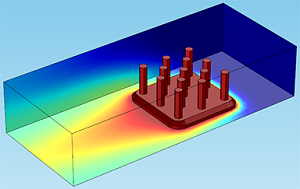
Surface, Volume, and Line Plots: Visualizing Results on a Heat Sink
3 of the most common plot types used in postprocessing: surface, volume, and line plots. Learn how to use these plot types for your simulation results and when to use each option.
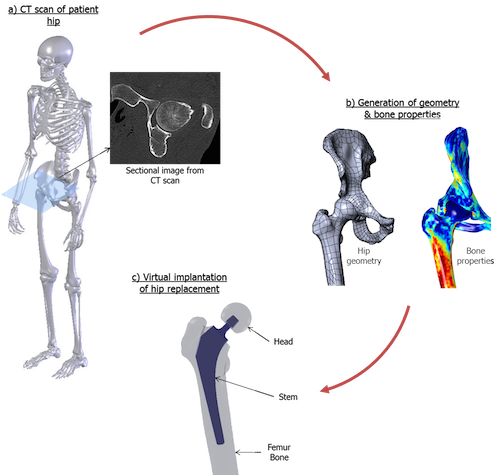
Stress and Fatigue in Modular Implants Used in Hip Joints
A crucial part of the design process for modular implants, such as replacement joints, is to study how the modular combination of parts will behave under dynamic loads and stresses.
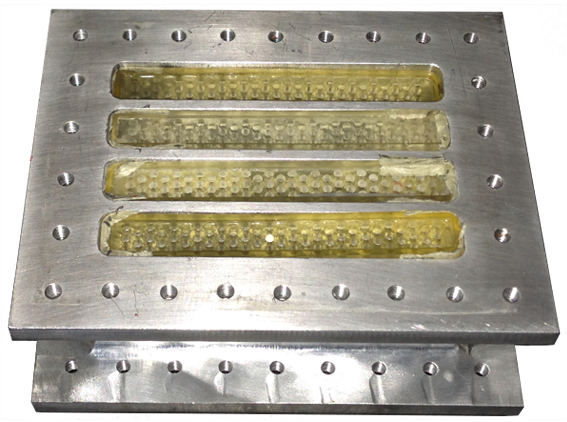
Improving Atmosphere Revitalization for Manned Spacecraft
NASA researchers developed an atmosphere revitalization approach that relies on water adsorption. The team used COMSOL Multiphysics® to model the gas flow and water concentrations in the device.
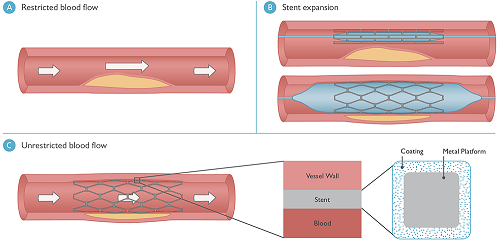
Understanding Drug-Eluting Stents at Boston Scientific
Stents open plaque-blocked arteries, but when an excessive amount of tissue grows over a bare metal arterial stent, it can cause the artery to narrow again in a process called restenosis.
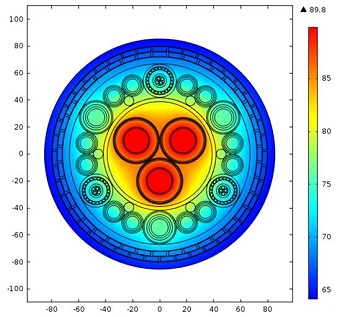
Cable Simulations Spark New Developments at Prysmian Group
The Prysmian Group, a leader in cable systems for many different industries, are using simulation to improve their development process, save resources, and optimize their cable designs.
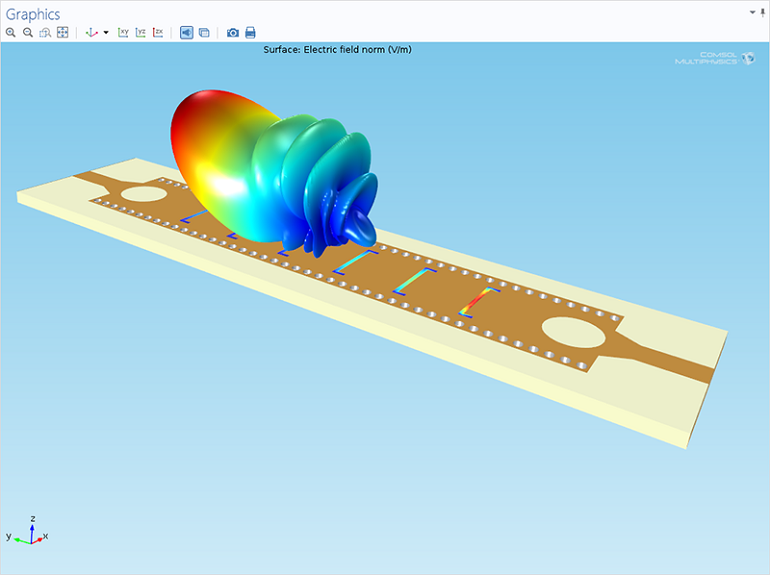
How to Include Geometry Surfaces with Solution Plots
You’ve solved your model. Now you want to include geometry surfaces with your solution plots. But how? We demonstrate the steps with an RF antenna example.

Powerful Packaging for Electronics in Extreme Environments
U.S.-based Arkansas Power Electronics International is designing power packaging for improved thermal management in power electronics devices, increased efficiency, and lower costs.
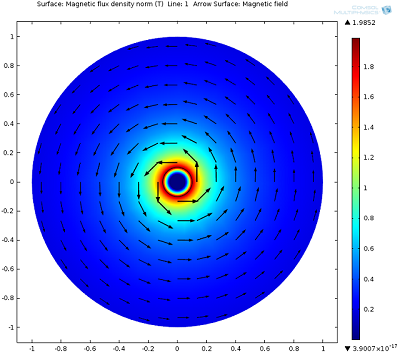
Modeling Superconductivity in a YBCO Wire
Many superconducting wires are made of yttrium barium copper oxide, aka YBCO, a compound that displays superconductivity at relatively high temperatures compared to other superconductors.
